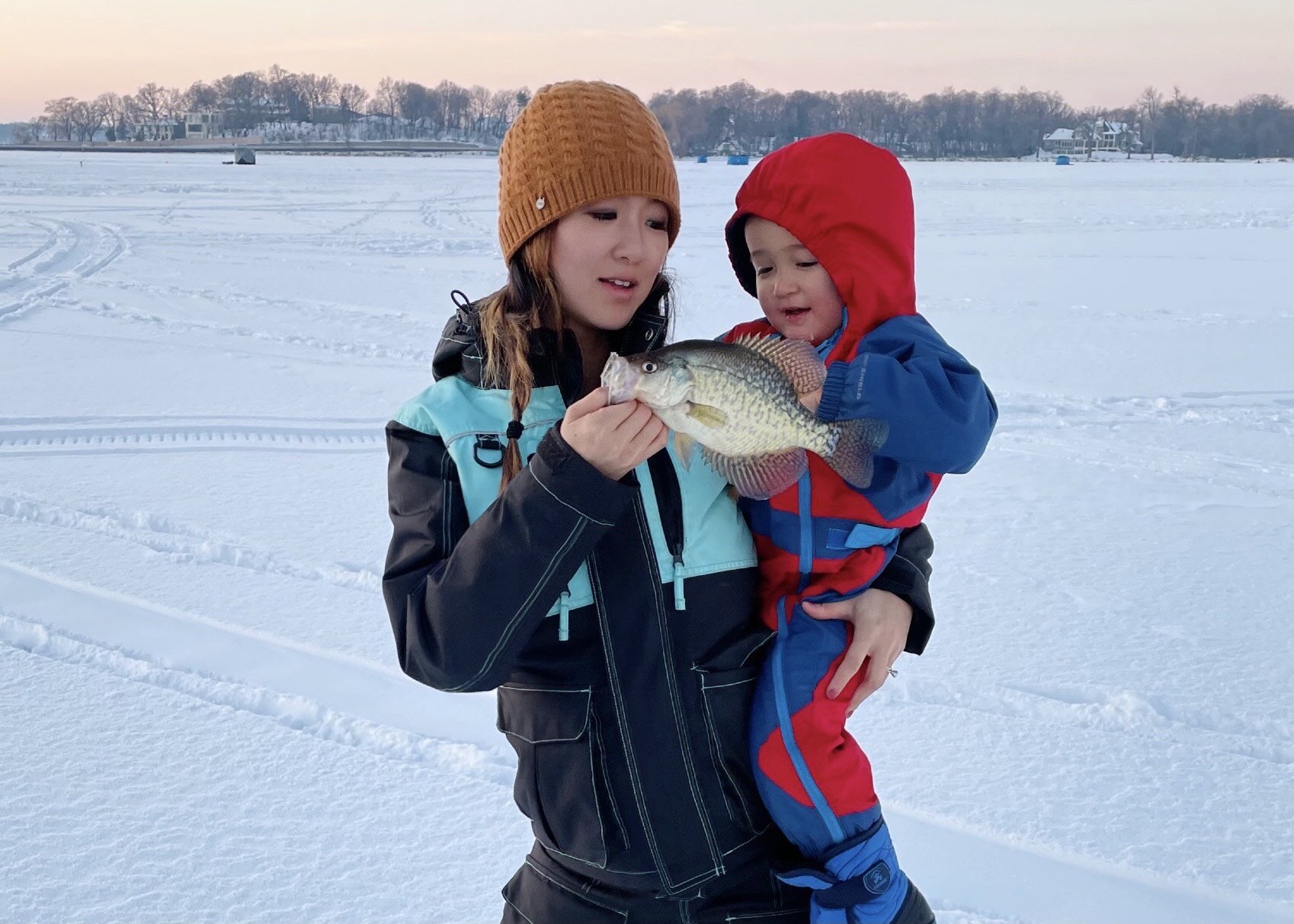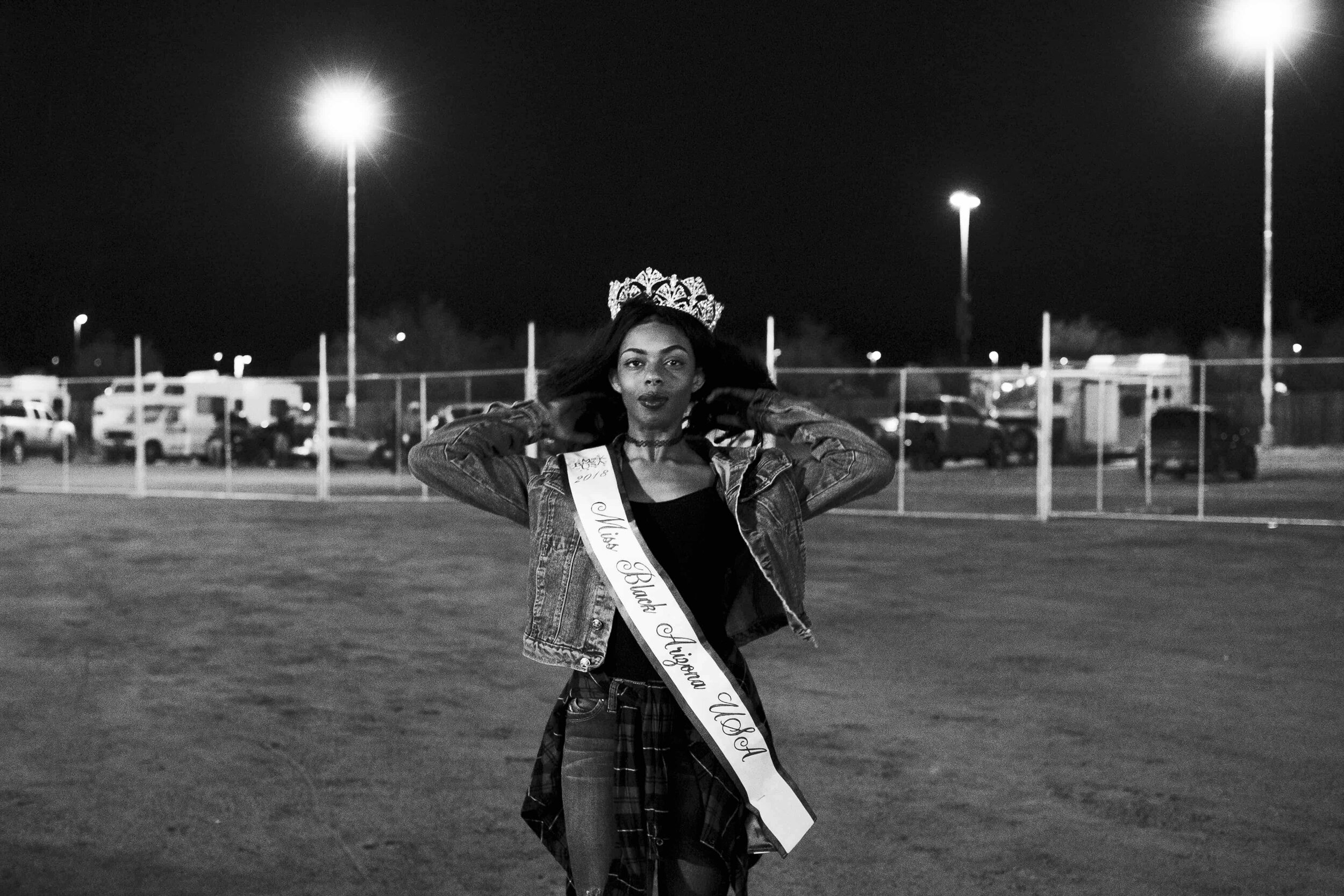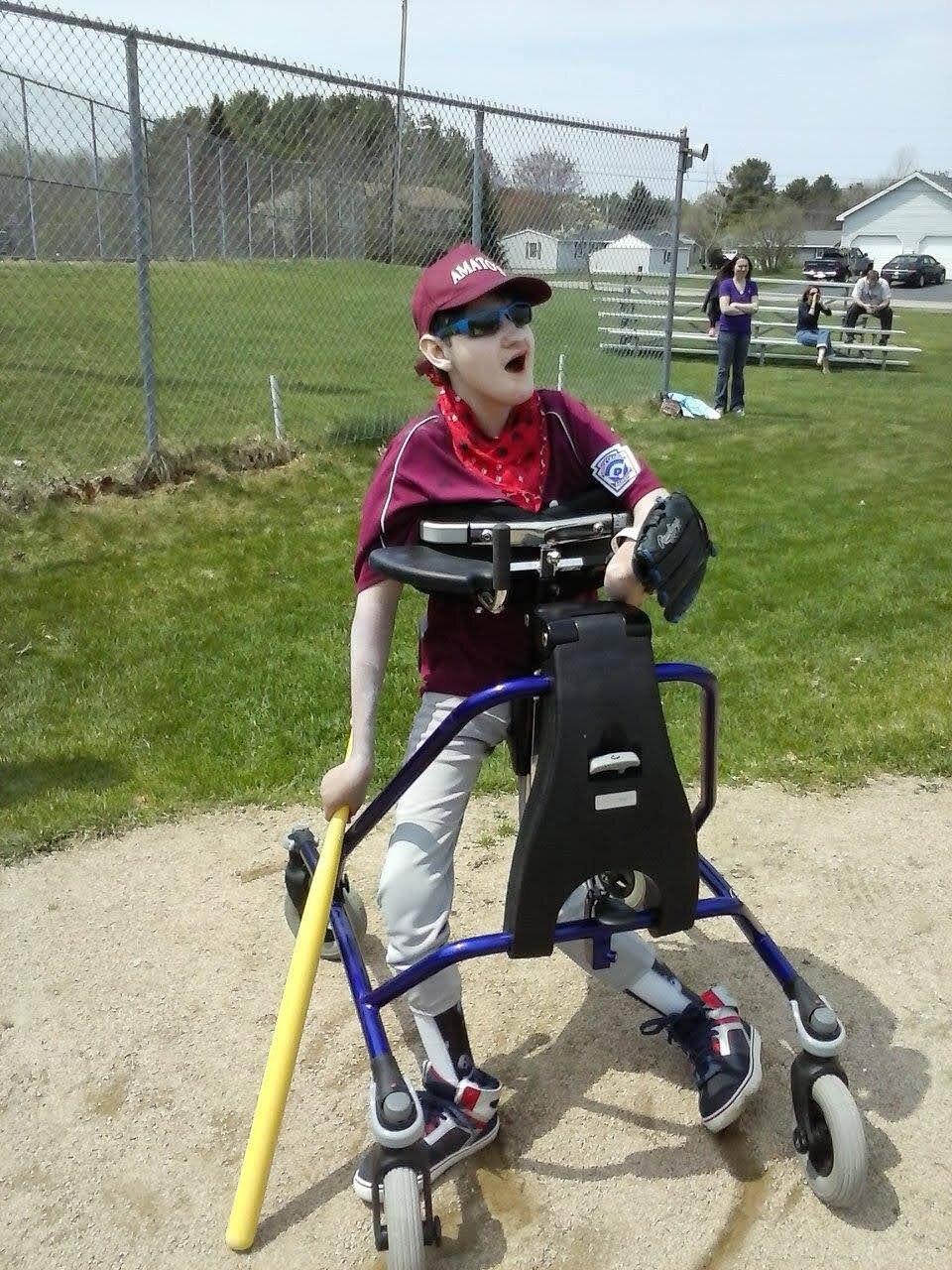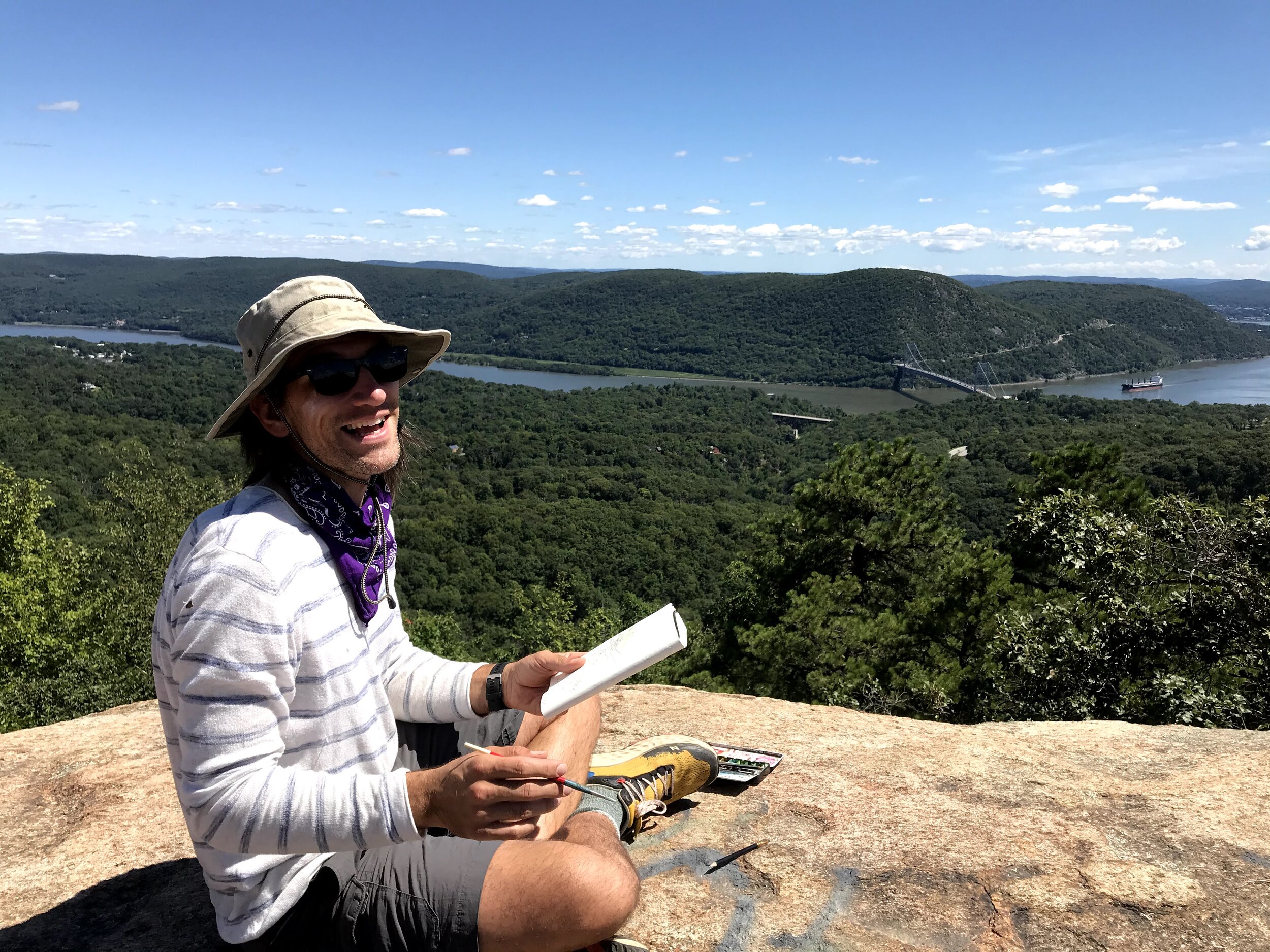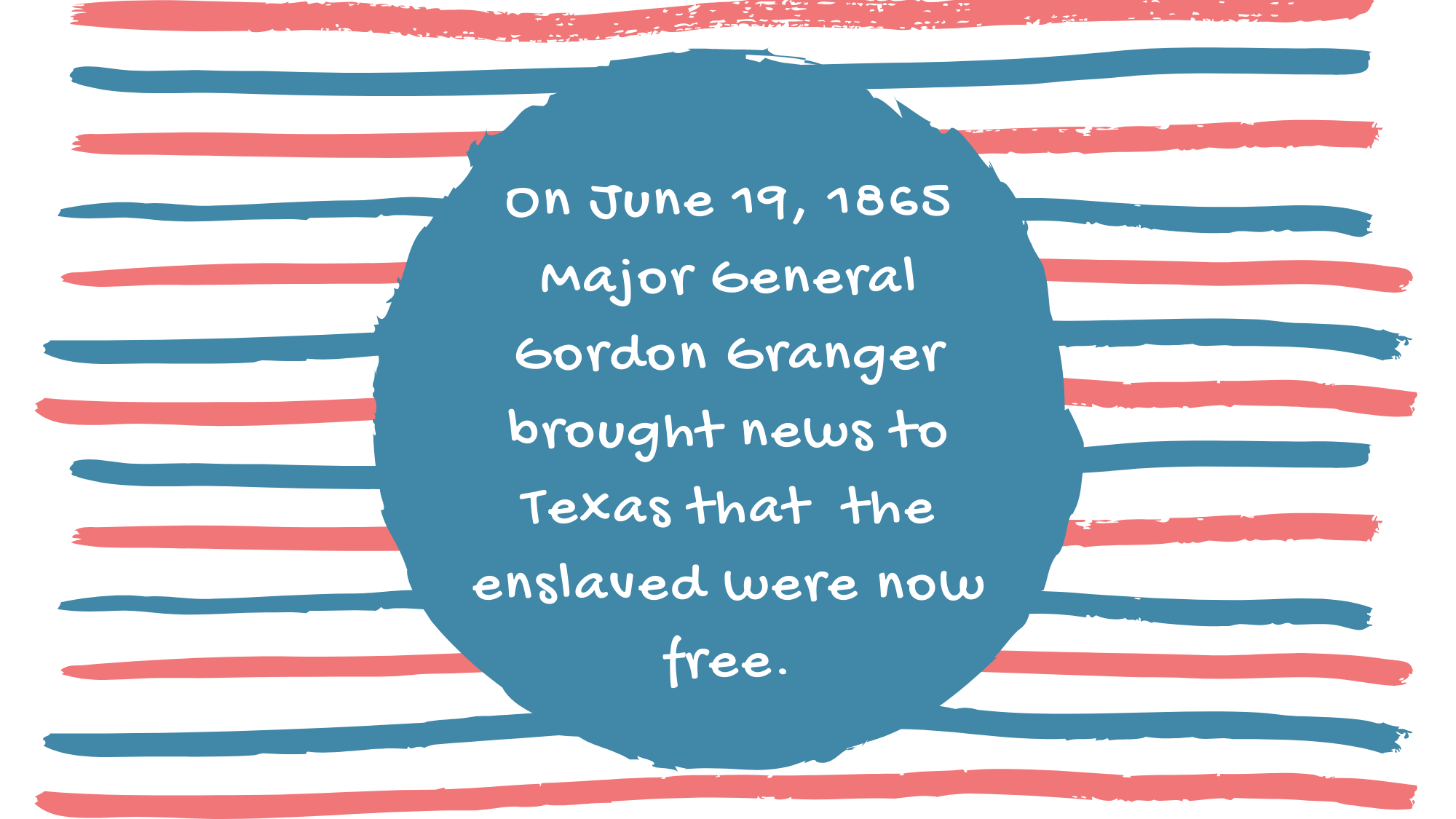Spotlight on Camille Verendia
/BY CARA SCHAEFER
How do you take a golf course and turn it back into a natural environment? To answer this, we spoke with Camille Verendia, a Wetland Restoration Technician at the Truckee Meadows Parks Foundation, about wetlands and ecological restoration.
Photo courtesy of Camille Verendia.
OUT THERE: Why are wetlands important to our environment?
CAMILLE VERENDIA: Wetlands are amazing and underrated! First of all, they provide habitat to so many species, including one-third of birds and one-sixth of mammals listed as threatened or endangered in the United States. They’re a huge wildlife hotspot. Wetlands also help filter water for purification, which is great for the communities around us, and they sequester more carbon than rainforests do. They also have cultural significance. Native American tribes used a lot of the plant species such as cattail for food and building material. Coyote willows, which grow frequently in our wetlands, can be used for making baskets.
OT: What made you want to go into ecological restoration work?
CV: I think it has a lot to do with my childhood and how I was brought up. We weren’t the wealthiest, so for our family vacation, instead of going to fancy places, we would just go camping every summer. That instilled in me a need to protect the environment, and a reverence for it. I love different ecosystems and learning about environmental science. Also, I knew from early on that I didn’t want to have a job where I’m in an office from nine to five. I want a job where I can be out in the environment and engage with it more deeply, as opposed to just taking a walk or a hike. You can still engage with the environment in that way, but I wanted to actually know how the ecosystem functions.
OT: What does it take exactly to restore land altered by humans back into a more natural state?
CV: One thing that I believe about restoration is that you can never really restore it back to its original state, because of the damage that’s already been done, but you can always make an effort to make it as close to its original state as possible.
It involves a lot of invasive-species removal. So on our wetland we have a lot of invasive whitetop, kochia, and tamarisk. They are extremely difficult to remove, especially whitetop, because they have a really deep root system.
It also entails a lot of planting, so in the spring and fall we’ll try to plant native plants. Unfortunately, the success rate for that is not the highest, but it’s still important to try to integrate native plants as much as possible into this environment. That’s what was there before it was a golf course, and that’s probably one of our best shots at restoring it back to its natural state.
OT: I feel like it’s a lot of persistent effort.
CV: It’s definitely easy to lose track of the big picture when you’re doing restoration. If you have this huge property that’s over 200 acres, and you just are able to pull weeds on one acre for a day, it can feel kind of overwhelming. It’s a lot of digging and manual labor. The land will be improved, but there’s always work to do.
OT: Is there anything you’ve found especially surprising or amusing about your job so far?
CV: One thing is that restoration is a very long, ongoing process. Our project started two years ago, and it’s going to keep continuing forever and ever because restoration never really ends.
As for amusing, things break all the time. Literally, probably every week or two some piece of equipment breaks, and it’s just sort of working with it and learning how to work around it. When we were building fences our auger broke. Without it, we had to dig the holes from scratch!
OT: So let’s say you visit the property twenty years from now, what would you hope to see?
CV: I always think about when I have kids, I want to bring them back here and be like, “This is what I did when I just graduated college. and look where it is now.” I would hope to see a lot more native plants, and it would be cool to see some unique bird species utilizing our wetlands.
OT: Considering how much time you’ve spent out in the wetlands the last couple months, how has your connection or relationship to the land changed?
CV: I just feel more at home. If I look back to when I first started, I knew basically nothing. I mean, I knew what wetlands were, and common restoration practices, but I feel like now I have a much more thorough understanding of the land. It’s cool to know a place so well.
Also, when you work on something on a deep level like this, there’s this sense of ownership and pride in what you’re doing. It’s made me more eager to restore it. I’m very proud of the work that we’ve done, and I want to share it with the world.
This interview has been edited for brevity and clarity.
You can learn more about the Truckee Meadows Parks Foundation and support their wetland restoration project at their website.




